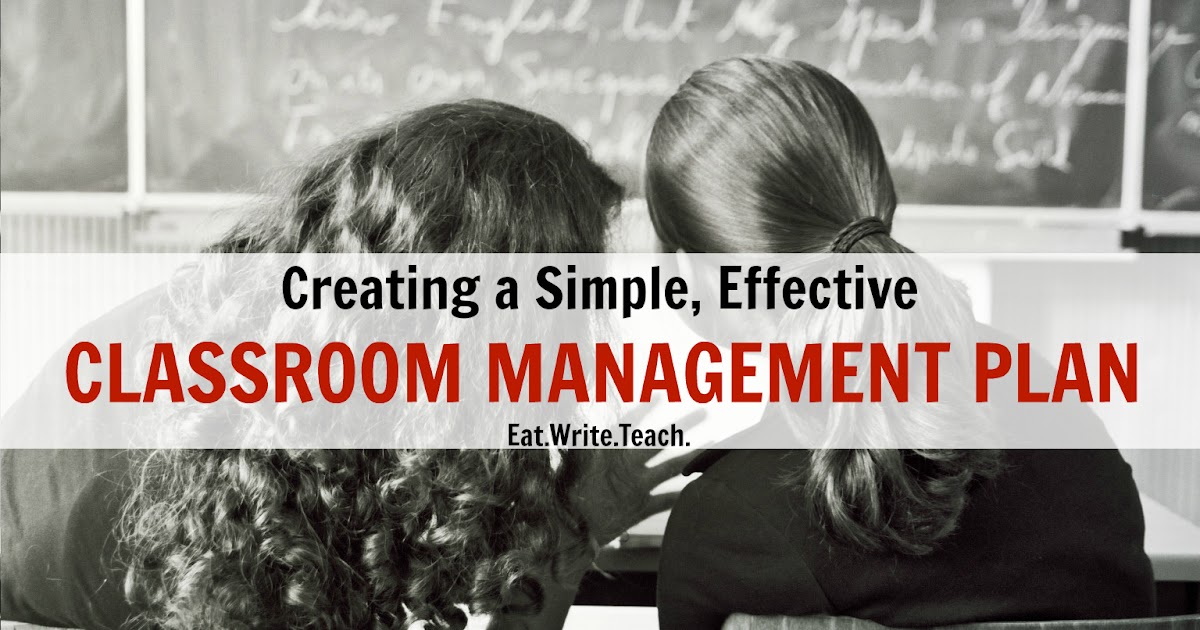With an effective classroom management plan at the forefront, this paragraph opens a window to an amazing start and intrigue, inviting readers to embark on a storytelling journey filled with unexpected twists and insights. The content of the second paragraph provides descriptive and clear information about the topic, setting the stage for an engaging discussion.
Creating an effective classroom management plan is like herding cats – but don’t take it from me, check out an ant’s guide to management theory . Ants are the OG managers, and their strategies can help you keep your classroom running like a well-oiled machine.
Trust me, it’s the secret weapon you never knew you needed for a harmonious learning environment.
Classroom Management Strategies: An Effective Classroom Management Plan
Effective classroom management strategies are crucial for creating a positive learning environment where students can thrive. These strategies include:
- Establishing clear rules and expectations that are communicated to students and consistently enforced.
- Using positive reinforcement techniques, such as praise, rewards, and incentives, to encourage desired behaviors.
- Providing clear and concise instructions and feedback to students, ensuring they understand what is expected of them.
Creating a Positive Learning Environment
A positive learning environment is essential for student success. This can be achieved by:
- Building strong teacher-student relationships based on respect and trust.
- Fostering a sense of community within the classroom, where students feel valued and supported.
- Encouraging open communication and allowing students to express their ideas and opinions respectfully.
Discipline and Consequences
A clear and fair discipline system is essential for maintaining order in the classroom. This includes:
- Establishing clear consequences for inappropriate behaviors.
- Distinguishing between punishment and logical consequences, ensuring that consequences are appropriate and related to the behavior.
- Providing opportunities for students to reflect on their behavior and make amends.
Communication and Collaboration
Effective communication is crucial for building strong relationships and ensuring that everyone is on the same page. This includes:
- Establishing open communication channels with students and parents.
- Building relationships with parents and involving them in their children’s education.
- Using technology to enhance communication and collaboration, such as online platforms and video conferencing.
Assessment and Evaluation, An effective classroom management plan
Ongoing assessment and evaluation are essential for improving classroom management strategies. This includes:
- Using data to identify areas for improvement.
- Seeking feedback from students and parents to gain different perspectives.
- Making adjustments to strategies based on data and feedback to improve effectiveness.
Final Wrap-Up

The concluding paragraph provides a summary and last thoughts in an engaging manner, leaving readers with a sense of closure and inspiration. Throughout the discussion, we have explored various strategies and techniques for creating an effective classroom management plan, emphasizing the importance of clear communication, positive reinforcement, and a collaborative approach.
An effective classroom management plan is essential for creating a positive and productive learning environment. Just like in the business world, where effective managers possess certain characteristics, so too should classroom management plans. By incorporating the 10 characteristics of an effective manager into your classroom management plan, you can create a space where students feel respected, motivated, and empowered to succeed.
By embracing these principles, educators can foster a positive and productive learning environment where students thrive and reach their full potential.
Establishing an effective classroom management plan is like setting up the structure of an organization. Just like there are 3 levels of management in a company, an effective classroom management plan has clear levels of authority, communication channels, and accountability measures.
This ensures that students know the expectations, consequences, and rewards, creating a positive and productive learning environment.
Detailed FAQs
What are some key strategies for establishing clear rules and expectations in the classroom?
An effective classroom management plan is essential for creating a positive and productive learning environment. Teachers need to establish clear rules and expectations, and be consistent in enforcing them. They also need to be able to manage student behavior effectively, and to create a positive and supportive classroom climate.
Acute management of open fractures an evidence based review also plays a role in classroom management. By understanding the principles of effective classroom management, teachers can create a classroom environment that is conducive to learning and success.
Involving students in the rule-making process, providing clear and concise explanations, and ensuring consistency in enforcing rules are all key strategies for establishing clear rules and expectations in the classroom.
How can teachers create a positive learning environment that fosters a sense of community?
By building strong relationships with students, promoting respect and empathy, and creating opportunities for collaboration and teamwork, teachers can create a positive learning environment that fosters a sense of community.
What is the difference between punishment and logical consequences?
Punishment is a negative consequence imposed on a student as a form of retribution, while logical consequences are natural or reasonable outcomes of a student’s behavior that help them learn from their mistakes.
An effective classroom management plan is the backbone of a successful learning environment. But, like being an exceptional manager , it comes with its own set of challenges. Just as exceptional managers face the hurdle of balancing priorities, so too do educators struggle to maintain a classroom where students feel supported and engaged.
An effective classroom management plan is like a well-oiled machine, just like a vendor managed inventory system refers to an automated system that streamlines inventory management. With a solid plan, teachers can create a positive and productive learning environment, fostering student engagement and academic success.
An effective classroom management plan establishes clear rules and expectations, fostering a positive and productive learning environment. Just like a major hospital uses an agile approach to manage its complex operations, an effective classroom management plan provides a framework for teachers to adapt and respond to changing student needs, ensuring a dynamic and engaging learning experience.